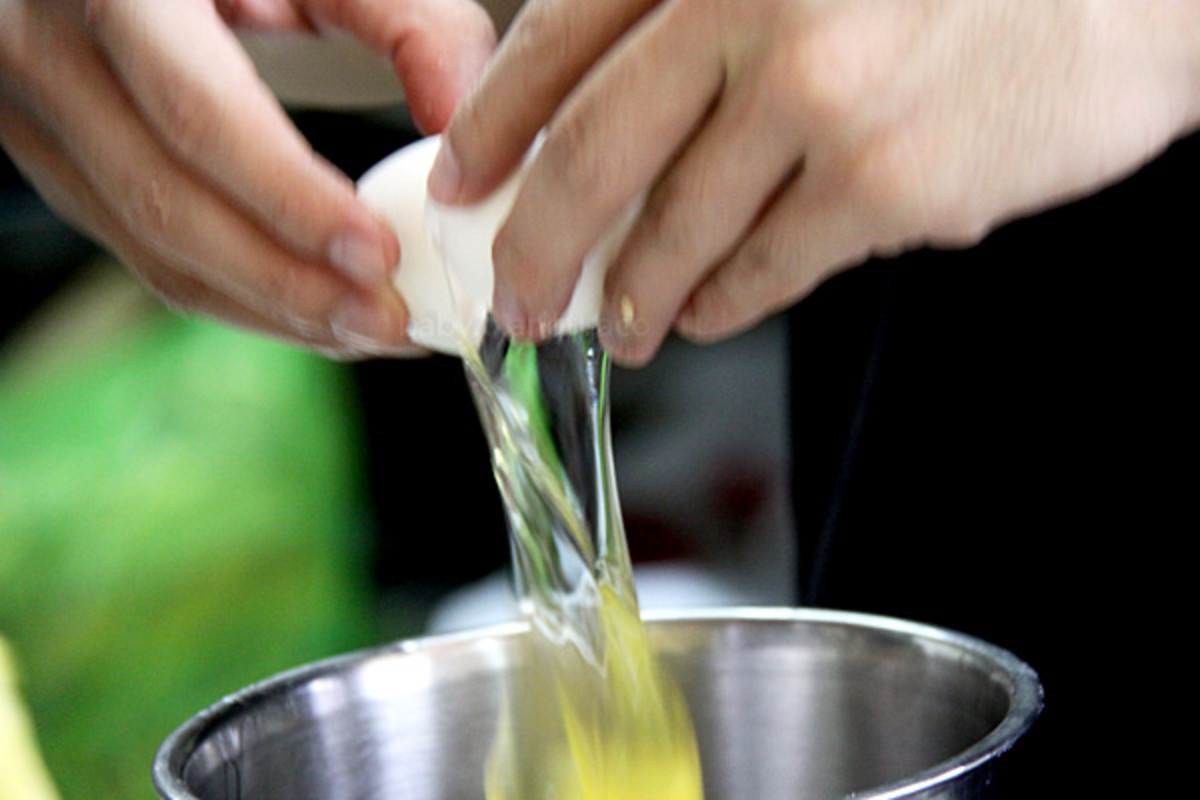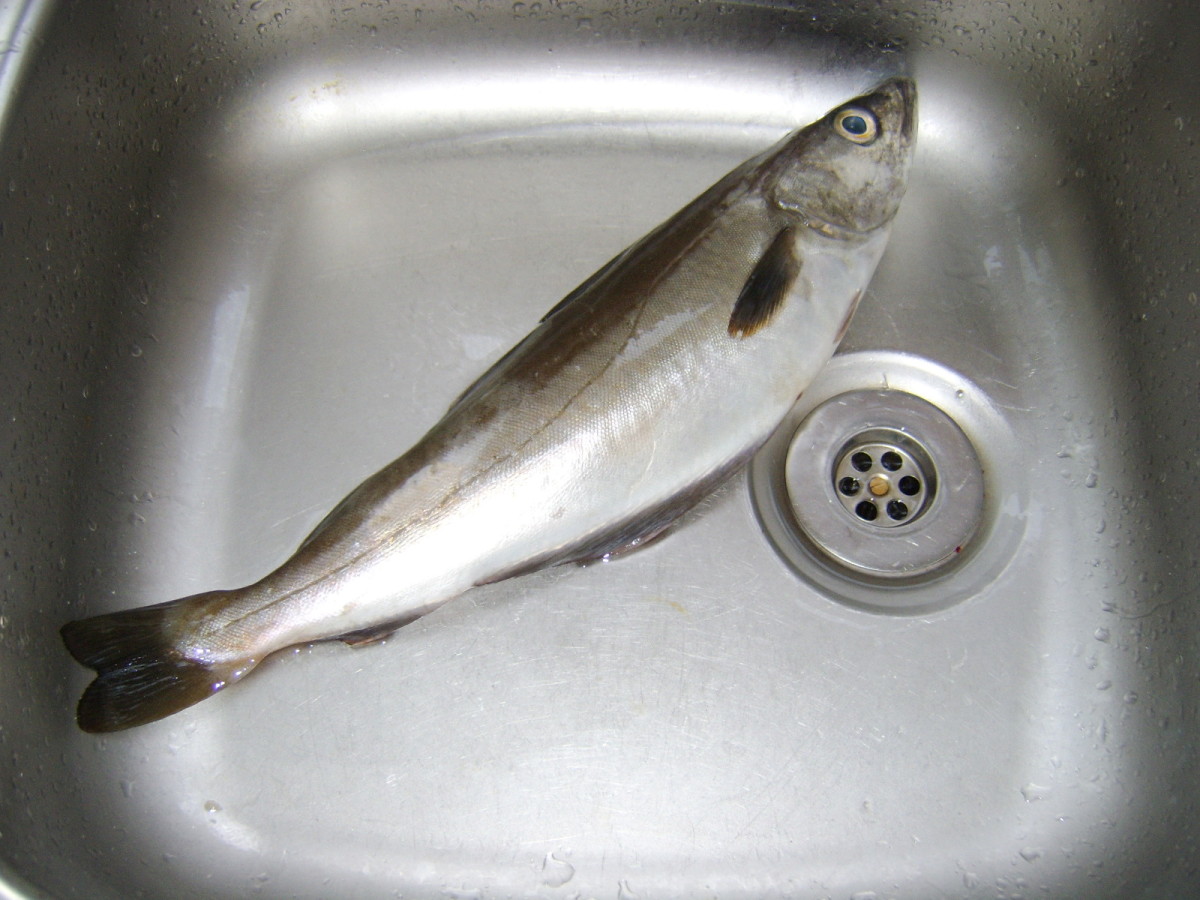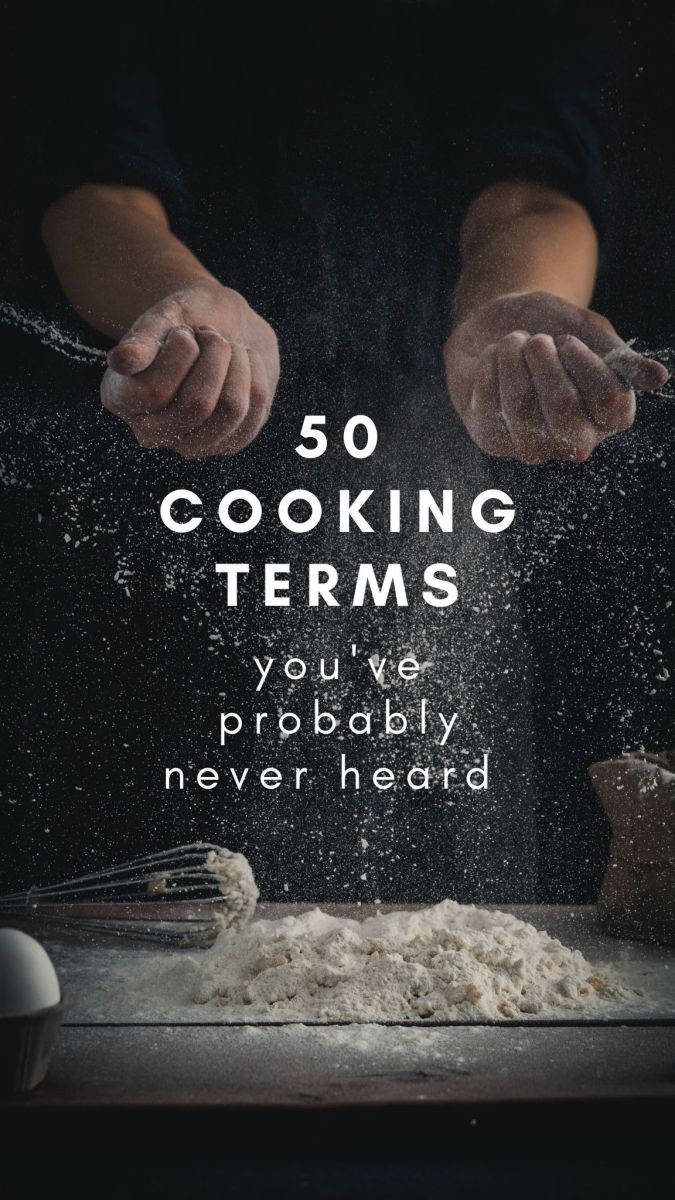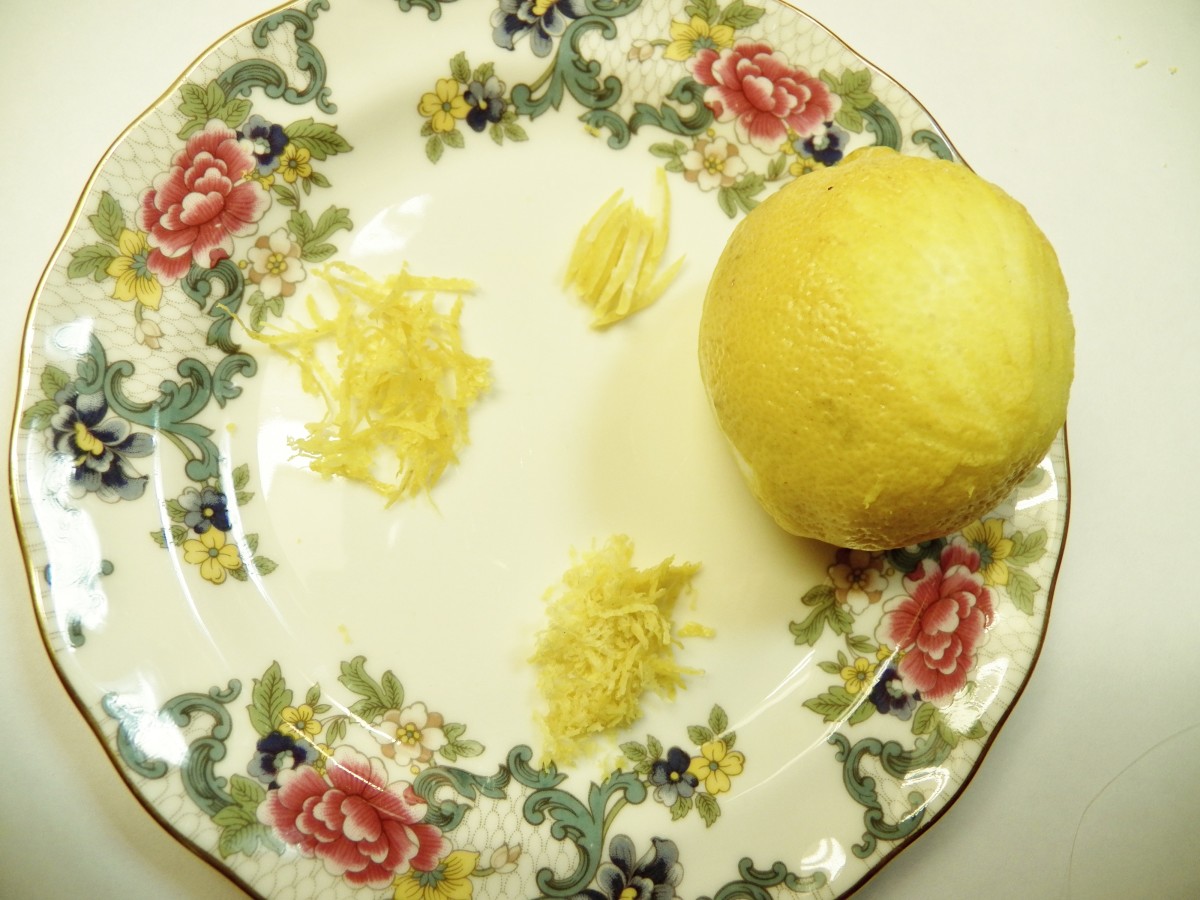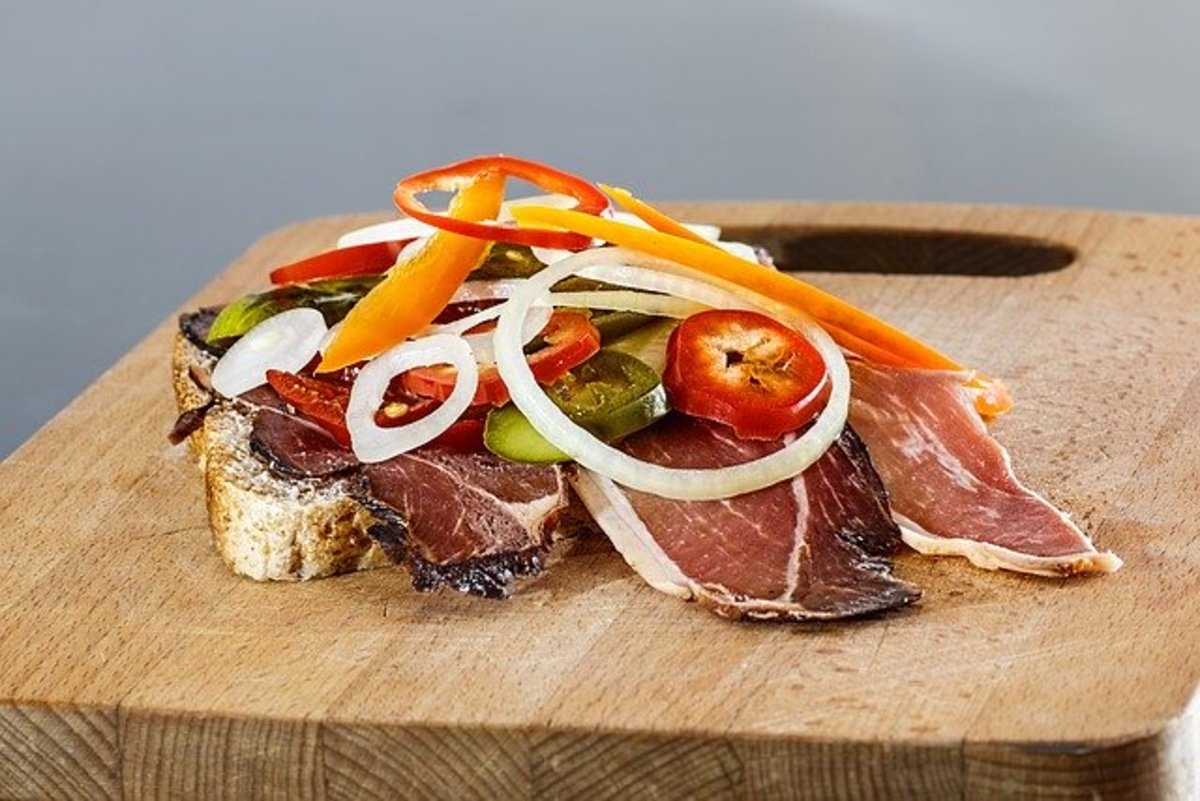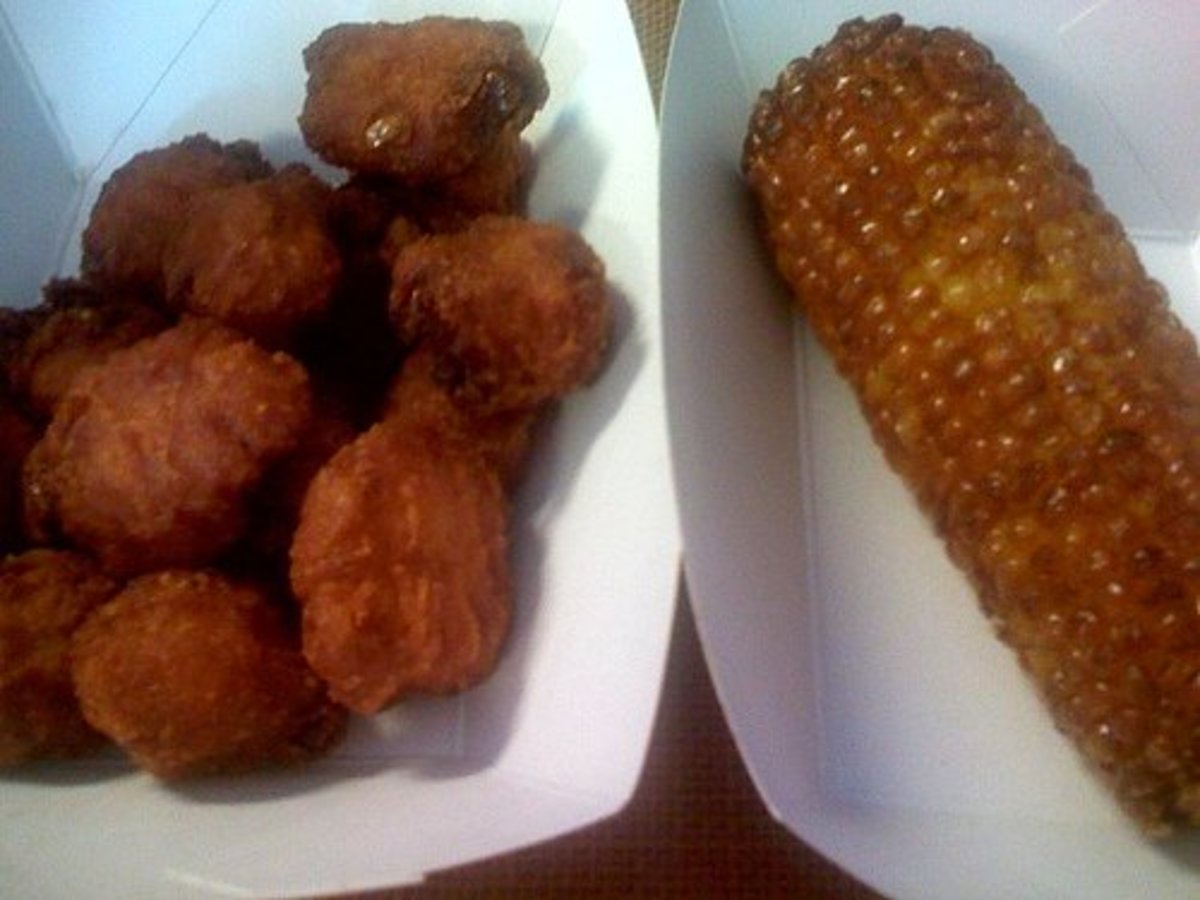Ask Carb Diva: Questions & Answers About Food, Recipes, & Cooking, #17
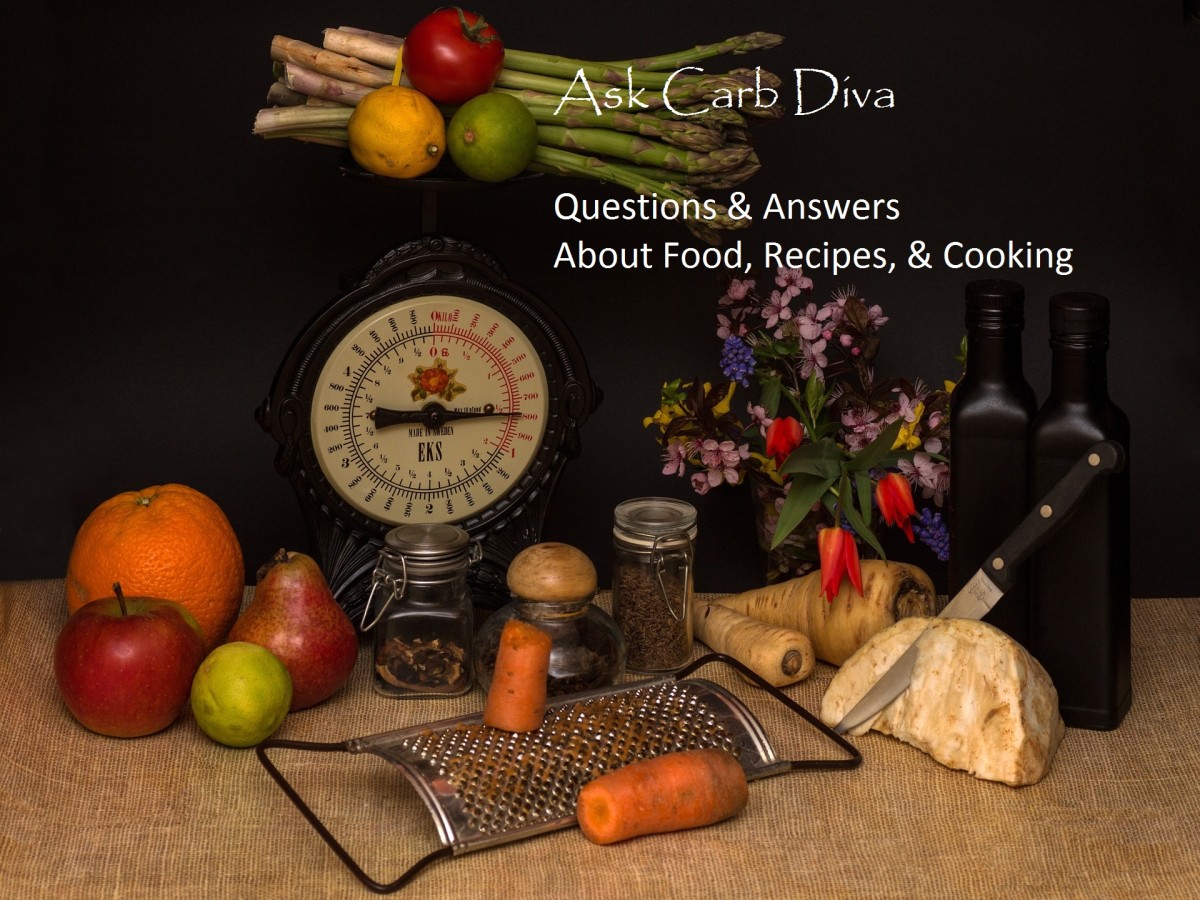
The mailbox this past week did not receive a wealth of inquiries, but those that arrived were sure interesting. My Google machine had to work overtime. Let's begin with a question from Mary on table manners.
American vs. UK Dining Etiquette
When I lived in the UK, man oh man did I have a time eating correctly! Whereas in the US a person swaps the fork to cut meat, in the UK the fork stays in the left hand with tynes pointed down. (for a right-handed person).
On to this downward facing fork, things such as mashed potatoes are squashed, with peas balanced above or pressed into the spuds. It is the most absurd way to eat but that is how it's done.
Why is there a difference in the way the utensils are used?
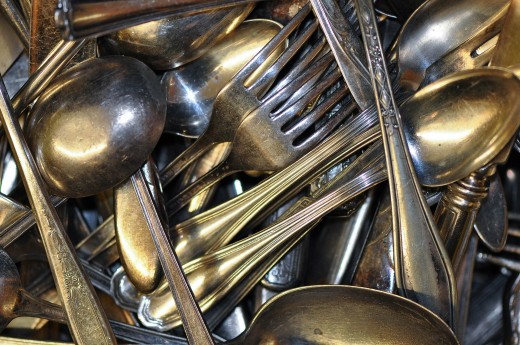
More Than an Ocean Separates Us
As Mary stated, there are two distinct styles of eating with knife and fork—one is called the “Continental or European” style, and the other is “American” (otherwise called, with some disdain, “zig-zag”) style. Why are there two sets of rules, when did they begin, and (this is what you really want to know, isn’t it?) which one is correct?
First, let me explain exactly what the two styles are:
Continental Style
The fork is held in the left hand, with the tines pointed down and the knife is held by the right hand. If slicing of the food is required just one piece is cut by the knife and is steadied by the fork. The food which has already been speared by the fork is then conveyed to the mouth. Even if no slicing is needed the knife is used to gently nudge the food onto the back of the fork.
American Style
The knife is held in the right hand and the fork in the left hand (unless you are left-handed like me, in which case the opposite is done). After the knife and fork are used to cut the food, the knife is placed near the top of the plate, blade facing in. The fork is then switched to the right hand and used to pick up the piece of food, tines up.
Who's Right, Who's Wrong?
Americans have been responsible for so many technological achievements. It was an American who invented the light bulb, airplanes, the assembly line (Model T Ford), television, microwave ovens, computers, lasers, and personal computers, An American invented the cotton gin, dental floss, chocolate chip cookies (and the Starbucks coffee to go with it), zippers. hearing aids, GPS, the whole internet!
I could go on and on, but when it comes to dining, we're not on the cutting edge (I'm sorry, I couldn't help myself). Our continual hand-switching is inefficient at best (and European friends grimace in fear that we will skewer our lower lips with that upturned fork).
However, In the Good Ole' Days
In the Middle Ages a European's only cares when it came to dining etiquette was how greasy would his fingers become as he tore into food with his fingers.
At meat well y-taught was she withal; She let no morsel from her lips fall, Ne wet her fingers in her sauce deep; Well could she carry a morsel and well keep That no droppe ne fell upon her breast."
— Chaucer, Canterbury TalesBut then we became "civilized", mannerly, and oh-so chic.
How Did The Two Styles Originate?
Opinions are like belly buttons—everyone has one. Here is a brief sampling of the theories I found online:
- This started during colonial times when the American colonists were forced to lodge British soldiers. Originally, the colonists ate just like the Europeans still do to this day, with the fork in the left, the knife in the right. In those days, knives were a lot sharper—they had to be (the meat was as tough as an old boot). Since this was a politically divisive time, the soldiers were scared. Keep in mind the soldiers and colonists were eating at the same table at mealtime! They started having the American hosts put down their knife, switch the fork from the left hand to the right and then use the right hand with the fork to bring the meat to one’s mouth. (I'm not buying this theory).
- It originated in Germany where the Kaiser was born with a withered arm. To limit exposure of his withered arm he would lay his knife down on the plate and take the fork in his right hand to raise the food to his mouth. The court followed him out of respect and it spread to outside the court to the public.(Doubtful).
- This peculiar practice of switching the fork over to the right hand started in a private school for "young ladies and gentlemen," whose headmistress (no doubt a Catholic nun) devised this idiocy to keep their otherwise-mischievous hands busy at the table. (Oh, please!).
- "Until the 1840's everyone used the American style of handling dining utensils. Around 1852, a French etiquette book announced that if one wanted to eat in a high-class manner, one would not switch the fork to the other hand. Eventually this 'continental style' evolved and Europeans of all classes started using it. (Perhaps a bit more believable).
- Eating with your fork in the right hand, with the tines pointing up has been popular in North America for many generations. This variation in behavior is most likely due to the fact that early American settlers didn't have the luxury of complete cutlery (silverware) sets. If a family shared a single knife, each person had to cut all their meat at once before passing the knife to the next person and, without the aid of a knife to position the food, it's easier to wield the fork with your more dexterous right hand. (This is almost as absurd as the jokes about an elderly couple sharing a set of false teeth).
- According to Darra Goldstein, a professor at Williams College and the founding editor of Gastronomica: The Journal of Food and Culture, when forks first came to the European dining table, diners took their cues from the kitchen, where the fork would be held in the left hand to steady a slab of meat, say, and the right hand wielded the knife. (This one actually makes a little bit of sense).
And Peas Are Even Worse!
I have a nephew who can't bear to have his foods touch each other. (If Heaven forbid, the peas touch the potatoes, the offending marriage in the midst of the two is left on his plate).
He could NEVER consume peas in Europe. Mary's description is spot on. And, it answers my question of "why do the Brits love mushy peas?" (The answer is that they are much easier to fork and eat because they are already smashed).
Look at this video for a graphic explanation of the "continental" (i.e. civilized) method of eating peas.
OK, I think we've just about exhausted this topic. (I'm still shuddering at the thought of mushy peas. Tried them once; never again).
But here's one more video, just for grins and giggles.
Lexicon of Cooking Terms

A few weeks ago I was asked to explain some of the lesser-known cooking terms. We started with Letter A, and have progressed to letter "F". If you want to catch up, a link to the first installment is here.
Fillet - As a verb, this is the term for removing the bones from meat or fish. As a noun, a fillet (or filet) is the piece of flesh after it has been boned.
Fine dice – a cube-shaped cut, about 1/8-inch in size.
Flake - To break lightly into small pieces. Commonly we refer to cooked fish as being "flaked" when it is broken down.
Flambe' - To flame foods by dousing in some form of potable alcohol and setting alight. If you have any notion of performing this (and honestly, it achieves amazing flavors and results, and is a dramatic presentation if you have an admiring audience), PLEASE go to YouTube to learn how to do so safely. Please use caution. I’ve seen people sacrifice their eyebrows doing this.
Florets – The small, closely bunched flowers that make up a head of broccoli or cauliflower.
Flute – to press a decorative, scalloped pattern into the edge of a pie crust.
Fold - To incorporate a delicate substance, such as whipped cream or beaten egg whites, into another substance without releasing the air bubbles. Place your rubber scraper in the center of the bowl. Next, cut down through across the bottom of the bowl, and move the scraper up and toward you to the edge of the bowl. Rotate the bowl a bit, and do it again. And again, what you are trying to achieve is to bring the contents at the bottom of the bowl up to the surface where the whipped cream or beaten eggs are hovering.
Fond - The brown caramelized bits of “stuff” left in the pan after you sauté meat or fish. It’s the foundation (the springboard) for great sauces.
And, one final question from Kari:
Is It Safe To Store Food In An Opened Can In the Refrigerator?
I caught my daughter storing some tomato sauce in it's can. I thought that it was bad to store food in the can it came in. Has that changed?

Kari, like you I grew up hearing that storing food in an open can in the refrigerator would result in botulism (or some other dreaded illness). The first cans for packaging food were made of tin (which contains lead, and you recognize the problem of lead poisoning). We still refer to them as "tin cans" but the packaging for foods is now made from steel. (Aluminum is used to beverage cans because it is thinner and easily molded and resists corrosion).
Botulism is not a problem, but BPA is. Almost all metal food and beverage cans contain an industrial chemical called bisphenol A, or BPA. The chemical is used in epoxy resins that coat the inside of food cans. There is a growing concern from health organizations like MayoClinic that BPA can seep into food.
Some packaging is labeled "BPA-free", but I would still advise not storing opened cans in the refrigerator, especially foods that are highly acidic (tomatoes, pineapple, etc.). The interaction of the acid on the can might result in the food picking up a metallic taste.
Well, That's All for Now

Thank you to everyone who sent their questions to the Mailbox. Don't be shy; there are no dumb questions. If you want to remain anonymous you can email me at lindalum52@gmail.com.
Have a great week!
© 2018 Linda Lum



